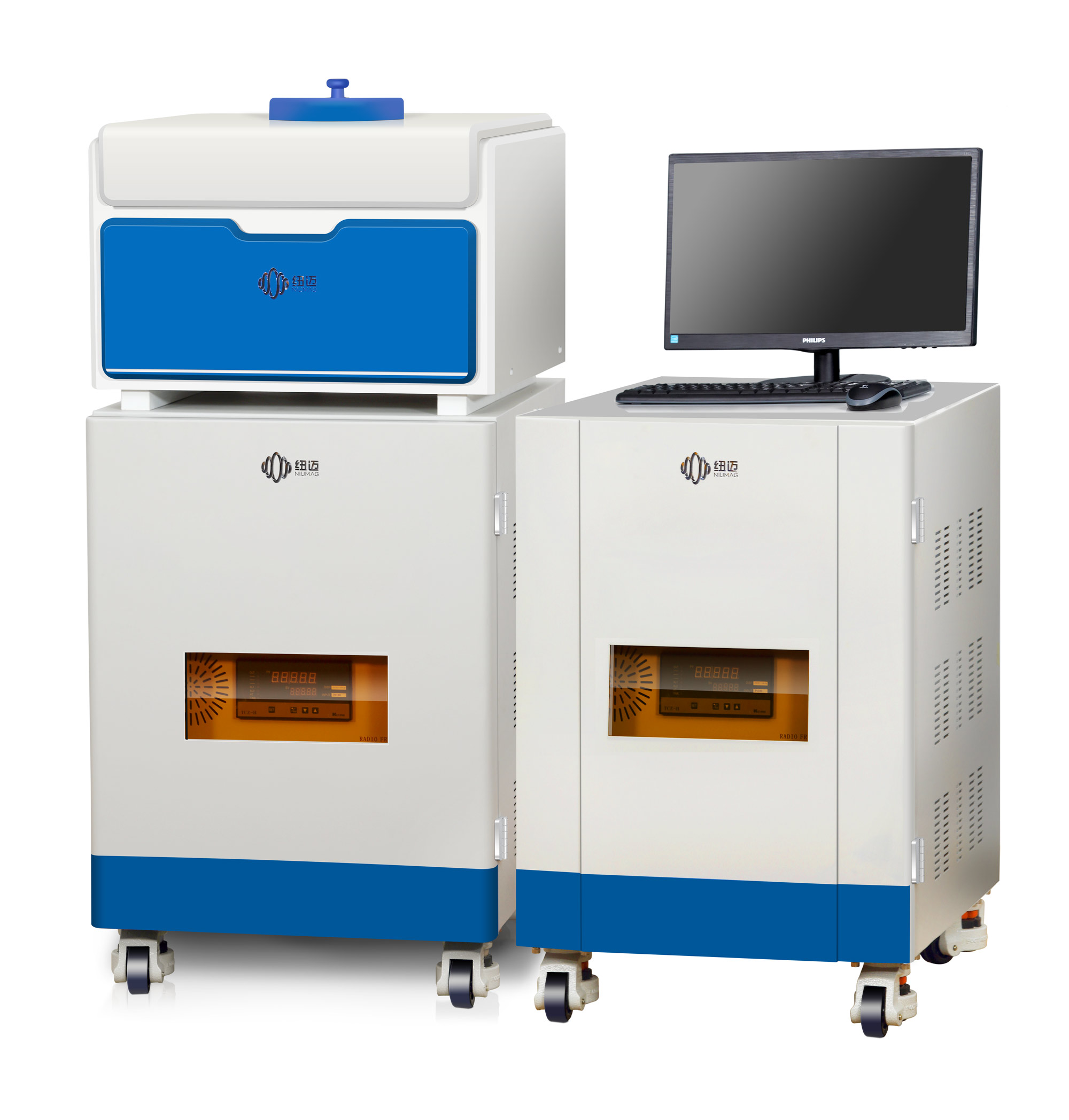Densidad de reticulación Análisis por RMN
Densidad de reticulación Fondo
Densidad de reticulación refers to the concentration of crosslinks within a polymer or polymer network. Crosslinks are chemical bonds that connect polymer chains, creating a three-dimensional network structure. The density of these crosslinks influences various properties of the polymer, como la resistencia mecánica, estabilidad térmica, y resistencia química.
Densidad de reticulación is typically quantified by determining the number of crosslinks per unit volume or per unit weight of the polymer. A higher densidad de reticulación indicates a greater number of crosslinks, resulting in a more tightly connected network. En cambio, a lower densidad de reticulación indicates a lesser concentration of crosslinks, leading to a more loosely connected network.
Densidad de reticulación Métodos de medición
There are several methods to determine densidad de reticulación, including experimental techniques and theoretical calculations. Here are a few commonly used approaches:
- Método de hinchazón: En este método, the polymer sample is immersed in a suitable solvent, y se mide el grado de hinchazón. The extent of swelling depends on the densidad de reticulación since tightly crosslinked networks hinder solvent penetration. By comparing the swollen volume or weight of the polymer to its unswollen state, el densidad de reticulación can be estimated.
- Teoría del hinchamiento en equilibrio: This theoretical approach involves analyzing the equilibrium swelling behavior of the polymer using mathematical models. The swelling data is fitted to these models, y el densidad de reticulación can be obtained as a fitting parameter.
- Teoría de la elasticidad del caucho: Rubber elasticity theory, such as the Flory-Rehner equation, relates the elastic properties of a crosslinked polymer to its densidad de reticulación. By measuring the mechanical properties, such as the rubber modulus or stress-strain behavior, el densidad de reticulación can be calculated using these theoretical models.
- Densidad de reticulación Determinación por RMN: Como se mencionó anteriormente, NMR spectroscopy can provide valuable information about the densidad de reticulación. By employing techniques like spin diffusion NMR or relaxometry NMR, the average distance between crosslinks or the concentration of crosslinking sites can be measured, allowing for the determination of the densidad de reticulación.
La elección del método depende de la naturaleza del sistema polimérico., the available instrumentation, and the desired accuracy and precision. Researchers and scientists often employ a combination of experimental and theoretical approaches to obtain a comprehensive understanding of the densidad de reticulación in polymers.
Densidad de reticulación Análisis por RMN
Densidad de reticulación analysis by NMR (Resonancia magnética nuclear) is a technique used to determine the extent of crosslinking within a polymer or polymer network. NMR spectroscopy provides valuable information about the structure and dynamics of molecules based on their interactions with a magnetic field.
NIUMAG VTMR20-010V-I integrates various relaxation time testing and magnetic resonance imaging technology, combinado con el módulo de temperatura variable, puede proporcionar una amplia gama de soluciones, que puede realizar análisis rápidos no destructivos de muestras como soluciones, geles, sólidos, particles.
NIUMAG VTMR20-010V-I Analizador de RMN de temperatura variable in situ
 mohoso
mohoso

